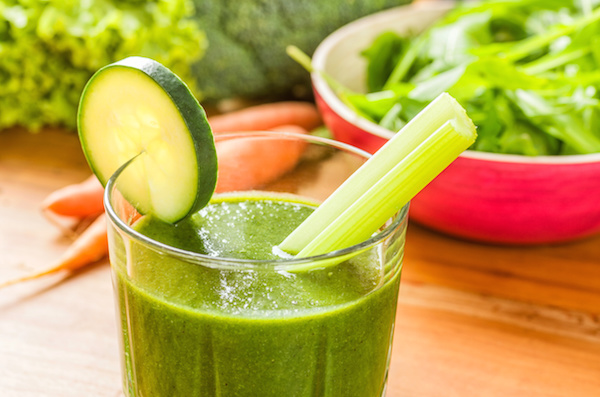
SUNDAY, Nov. 20 (HealthDay News) — Holiday foods and feasts can cause trouble for the estimated 30 million Americans with gastroesophageal reflux disease (GERD), but there are things they can do to be comfortable and symptom-free, experts advise.
GERD occurs when a faulty valve between the stomach and esophagus allows stomach contents to flow back into the esophagus. Symptoms of GERD include heartburn, acid regurgitation, wheezing, sore throat and cough, according to the American Society for Gastrointestinal Endoscopy (ASGE).
Things that may trigger GERD symptoms include obesity, pregnancy, smoking, excess alcohol use and consumption of fatty foods, tomato-based products, chocolate, peppermint, citrus drinks and coffee.
Answering “yes” to two or more of the following questions may indicate that you have GERD, according to the ASGE:
- Do you frequently have one or more of the following: Discomfort behind the breast bone that seems to move upward from the stomach? A burning sensation in the back of your throat? A bitter acid taste in your mouth?
- Do you often have these symptoms after a meal?
- Do you have heartburn or acid indigestion two or more times a week?
- Do you find that antacids only provide temporary relief from these symptoms?
- Are you taking prescription medication to treat heartburn but still having symptoms?
If you suspect you have GERD, seek diagnosis and treatment so that you can enjoy the holidays and every day, the ASGE said in a society news release.
Treatment options include lifestyle modifications, medication, surgery or a combination of methods.
National GERD Awareness Week is Nov. 20 to 26 in the United States.
More information
The U.S. National Institute of Diabetes and Digestive and Kidney Diseases has more about GERD.

